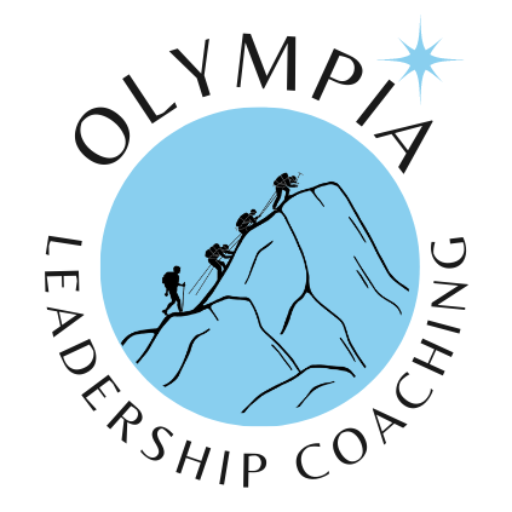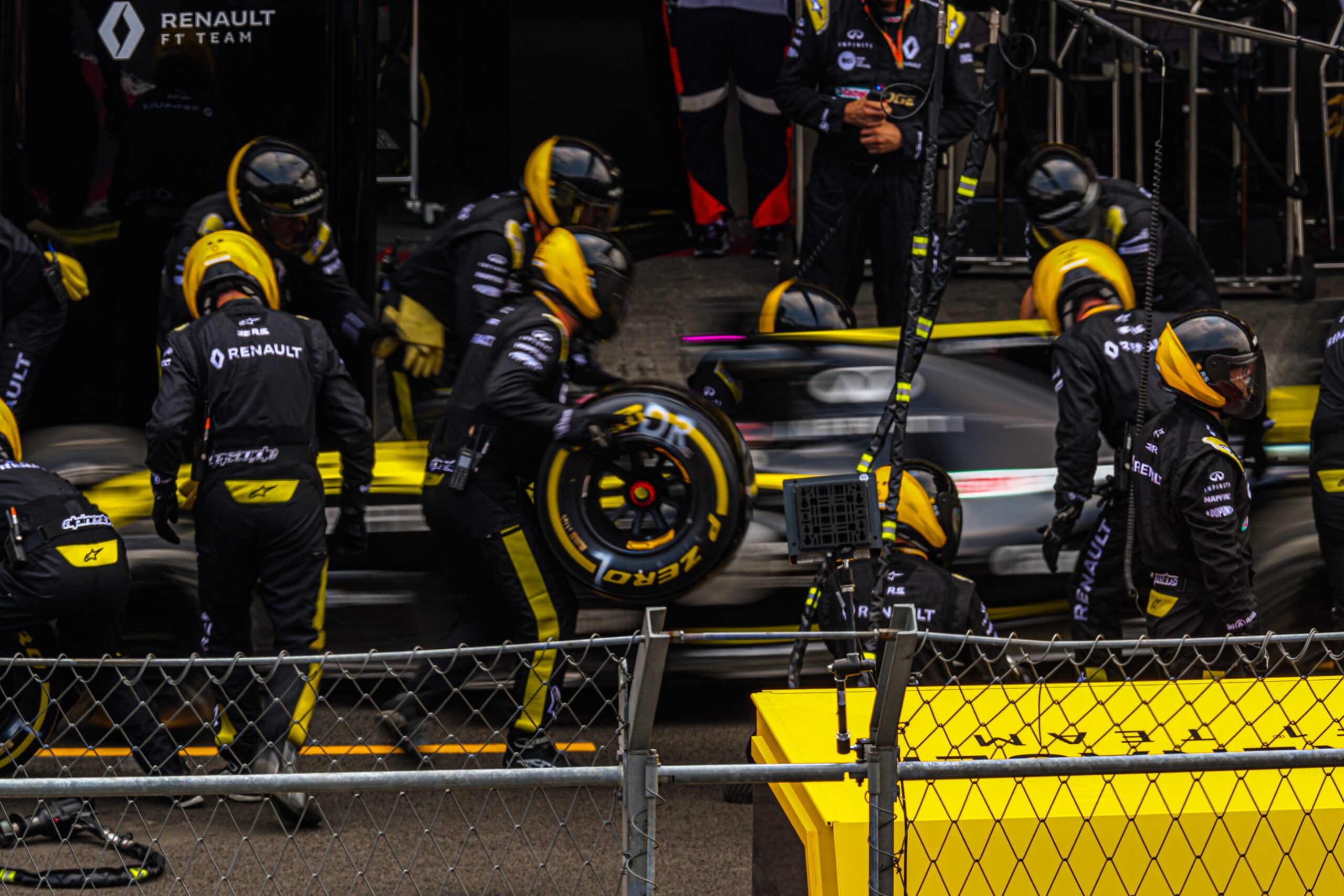Life’s hustle and bustle as parents, students, or leaders take a toll on our bodies and minds that may prevent us from optimally operating our most precious vehicles, ourselves. To win the race, this wear and tear require us to plan frequent pit stops. We all stand to benefit from pit stops to optimize individual and team performance.
In her extensive research, and illustrated in her book “Speed”, addiction specialist Dr. Stephanie Brown, says that we are “addicted” to speed and have a fear of slowing down.” She says that American “cultural belief in our heritage that there are no limits to what can be achieved, and our technologies have created a condition of chronic stress.”
After a year-long race, I recently made a long-awaited extended pit stop in Madrid, Spain to be with family, relax, recharge and reconnect with what’s important in life. We planned this pit stop over a year ago. This period gave me time for introspection and reflection. I say race on purpose because our daily lives sometimes feels that way when we are stopping and going, accelerating and maneuvering from home, to work (e-mails, calendars, meetings, briefings, training, administrative reviews, etc), back home, to kids’ soccer, to the gym, back home, catch some sleep, and back to the race, one lap after the other, and yet another. This much-needed respite made me appreciate the value of pit stops, especially after an arduous year-long race.
This stop gave me reason to think of a time I took my oldest daughter to a car race in Hampton, Virginia many years ago. I don’t know if she remembers the details, but it certainly made an impression on me. I remember the ear piercing sound of revving engines, screeching tires, dust and smoke, and crowds cheering seemingly louder and louder as we approached the race circuit. During the actual race, I recall my imagination being transported right into one of the race car’s cockpits and visualized how the driver must have felt.
I imagined the driver anxious and tensed while maneuvering through traffic trying to position herself closer and closer to the lead. The driver accelerates through the straightaways, slows down just enough before the sharp turns, watches ahead razor focused, but shifts the vision left-right-behind, swerving to avoid collision, and sometimes clipping one of the two drivers that flanks her which might cause fishtailing that slams her into the upper rails. The driver recovers after a moment of daze, assesses the external conditions of the vehicle and monitors the many gauges inside to ensure all is operating within normal parameters. While all senses are busy negotiating the challenges inside and outside of the vehicle, the driver strains to listen to the competing instructions that barely reaches the earpiece.
Fortunately, smart drivers carefully plan their pit stops. They do so to ensure worn out parts are replaced, and loose ones tightened; liquids are topped off; debris is safely removed; and most importantly, windshields are cleaned to ensure clear visibility toward the path ahead. Strategically planned stops are crucial to meeting ones’ objectives in the race, as well as avoiding more serious damages to the vehicles caused by collisions, blowouts or other failing parts. When drivers avoid pit stops, they don’t only risk the race, they risk harming themselves and others due to increased chances of miscalculations, obstructed vision or loss of focus. Dr. Brown describes this phenomenon as “multiple crashes of health, of soul, of marriage, or even a physical accident.”
Sometimes, this is exactly what life feels like when we go about our daily race without making our pit stops to refuel, recalibrate, and refocus. In his book, “Slowdown to Speed Up” Dr. Lothar J. Seiwert explains the many benefits of taking a pause in order to effectively maintain the speed of modern life. These breaks are critically important for our own mental and physical recovery. Pit stops give us a moment to rest from the hectic and chaotic daily activities that so often overstimulate our senses and drive us to mental and physical exhaustion. The pit stop can include walks, jogs playful physical activities with family and friends. Time with those most important in our lives help rekindle relationships, strengthen connections and deepen appreciation for each other, as well as clarify one’s purpose and priorities. This type of stress is not only good for our bodies, but helps clear our minds and unleash creativity. As individuals, we need time to reflect on the road we left behind to learn from failures and build on our successes; capitalize on this time to clear the “windshield” so we can imagine and envision the possibilities ahead.
Pit stops don’t apply to individuals alone, team need to plan and make their pit stops. Manager and leaders must appreciate the importance of these pit stops as well. Too often organizations go on and on chasing financial goals, sometimes at the expense of their most precious resources, their people. Team pit stops must be looked at as investments in human capital. A pit stop can be as simple as a working offsite activity to lighten the physical and psychological environments. A working pit stop can simply include a brown bad lunch or catering service for 2-3 hours to review strategic objectives, discuss challenges or explain policy changes. This pause can help the organization synchronize, and validate or recalibrate their objectives. Pit stops can entail totally pulling the “formal” plug to allow for physical and fun activities to build trust, teamwork and camaraderie. This investment will have positive spillover effects in the workplace over time.
I hope this analogy helps you visualize and appreciate the value of pit stops in our lives. My extended pit stop in Spain this holiday helped me start 2020 more energized, focused and grounded on my purpose, priority and vision.
· Are you addicted to speed?
· When is your next pit stop?
· What do you do during pit stops to help you recharge and recalibrate?


